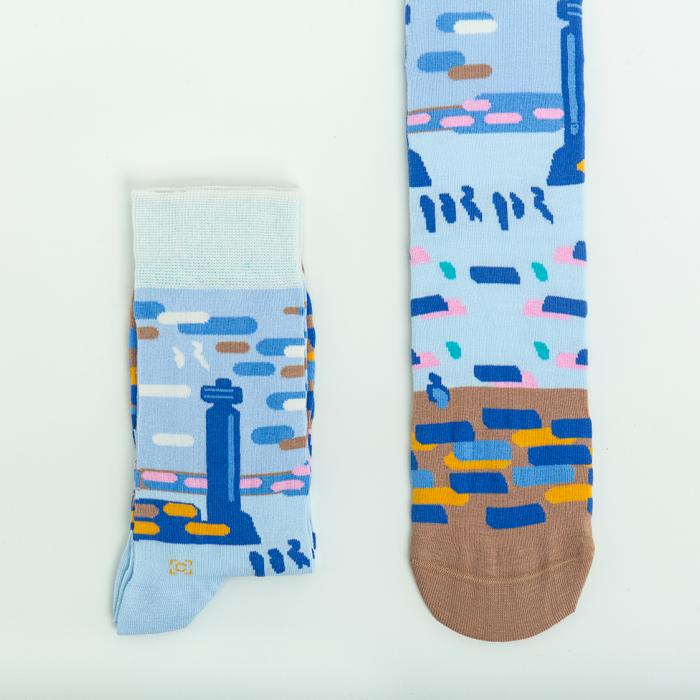Explore a remarkable range of scientific instruments used to make sense of the world, from the Middle Ages to the present day. Discover objects from astronomy, navigation, surveying, drawing and calculation, including sundials, mathematical instruments, early electrical apparatus—and even a microscope once owned by Charles Darwin.
Plus, enjoy hands-on activities in the newly refurbished Learning Gallery, perfect for little ones — or book a Whipple Highlights guided tour. Afterwards, take home a treat from the Whipple gift shop to remember your visit.
Explore a remarkable range of scientific instruments used to make sense of the world, from the Middle Ages to the present day. Discover objects from astronomy, navigation, surveying, drawing and calculation, including sundials, mathematical instruments, early electrical apparatus—and even a microscope once owned by Charles Darwin.
Plus, enjoy hands-on activities in the newly refurbished Learning Gallery, perfect for little ones — or book a Whipple Highlights guided tour. Afterwards, take home a treat from the Whipple gift shop to remember your visit.
Join us for our third Little Stars session – a relaxed morning at the Whipple Museum. We’ll have picture books, drawing materials, and sensory play resources. We’d also love to hear what you’d like to see in future activities for little ones at the museum.
There’s no need to book, just drop-in. All welcome, especially suitable for families with babies and young children.
Join us for our second Little Stars session – a relaxed morning at the Whipple Museum. We’ll have picture books, drawing materials, and sensory play resources. We’d also love to hear what you’d like to see in future activities for little ones at the museum.
There’s no need to book, just drop-in. All welcome, especially suitable for families with babies and young children.
This January, The Art of Deception will take visitors to Cambridge’ Whipple Museum of the History of Science into the dark underbelly of the world of collecting. How do fake artefacts end up in museums? Who made them, and why? And how do we detect them?
Celebrate the blossom in the Garden by creating your own beautiful blossom and learn some amazing facts about cherry blossom around the world.
Ages 3 +
Children must be accompanied at all times.
Free child tickets for this event must be booked online. Ticket sales open one week before the event. Adults do not need to book to accompany however please note that adults will be required to pay for Garden entry on arrival.
Join us and print your own amazing artwork with fruit and vegetables.
Ages 3 +
Children must be accompanied at all times.
Free child tickets for this event must be booked online. Ticket sales open one week before the event. Adults do not need to book to accompany however please note that adults will be required to pay for Garden entry on arrival.
Create a feast for your feathered friends! We will be making lovely pine cone feeders to keep our garden visitors happy all winter long. The birds will thank you with their cheerful songs!
Ages 3 +
Children must be accompanied at all times.
Free child tickets for this event must be booked online. Ticket sales open one week before the event. Adults do not need to book to accompany however please note that adults will be required to pay for Garden entry on arrival.
We invite families with children who have additional sensory needs to join us for our Studio Sunday Relaxed Session. These quieter art making workshops aim to provide a comfortable creative experience at Kettle’s Yard.
In our Clore Learning Studio, participants can make art inspired by artworks and ideas at Kettle’s Yard, supported by artists and volunteers. No prior art experience is required.
Activities are designed for children ages 3–11 and we encourage parents and carers to create alongside their child.
Unlock your creativity at our free, artist-led workshops for families in the Clore Learning Studio.
Get hands-on with creative activities inspired by artworks and ideas at Kettle’s Yard.
No art experience needed — our friendly artists and volunteers will support you step-by-step. Children and adults of all ages are welcome to participate but Studio Sunday is most suitable for children between 3–11 years.

